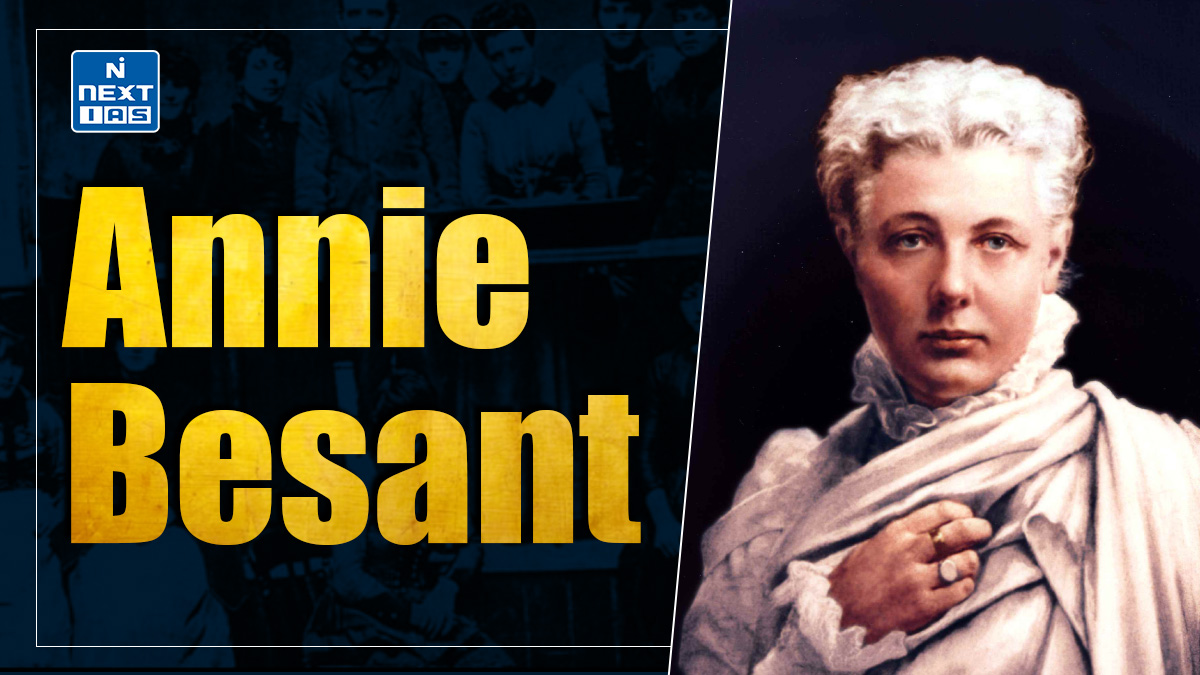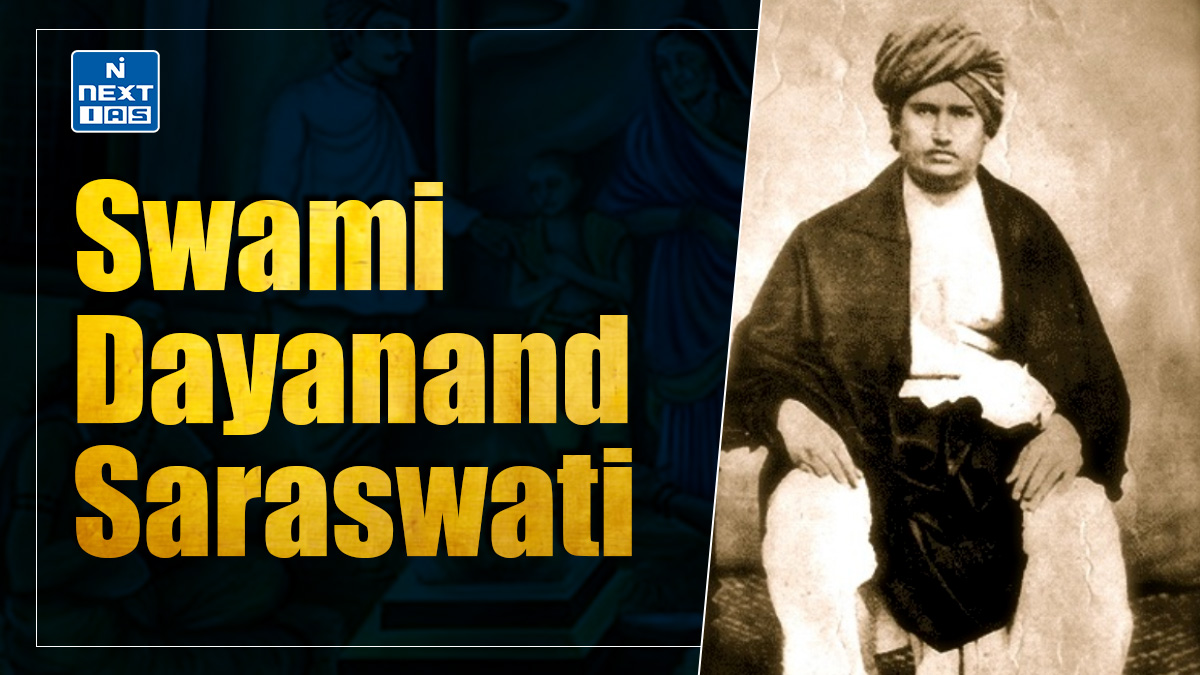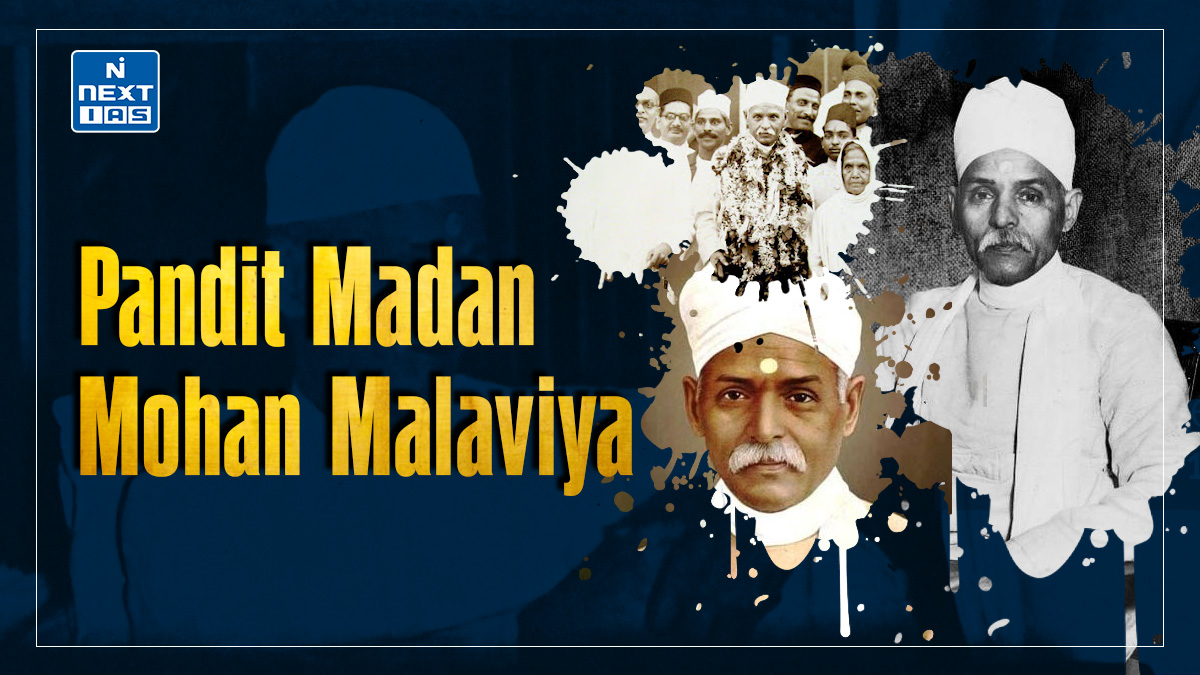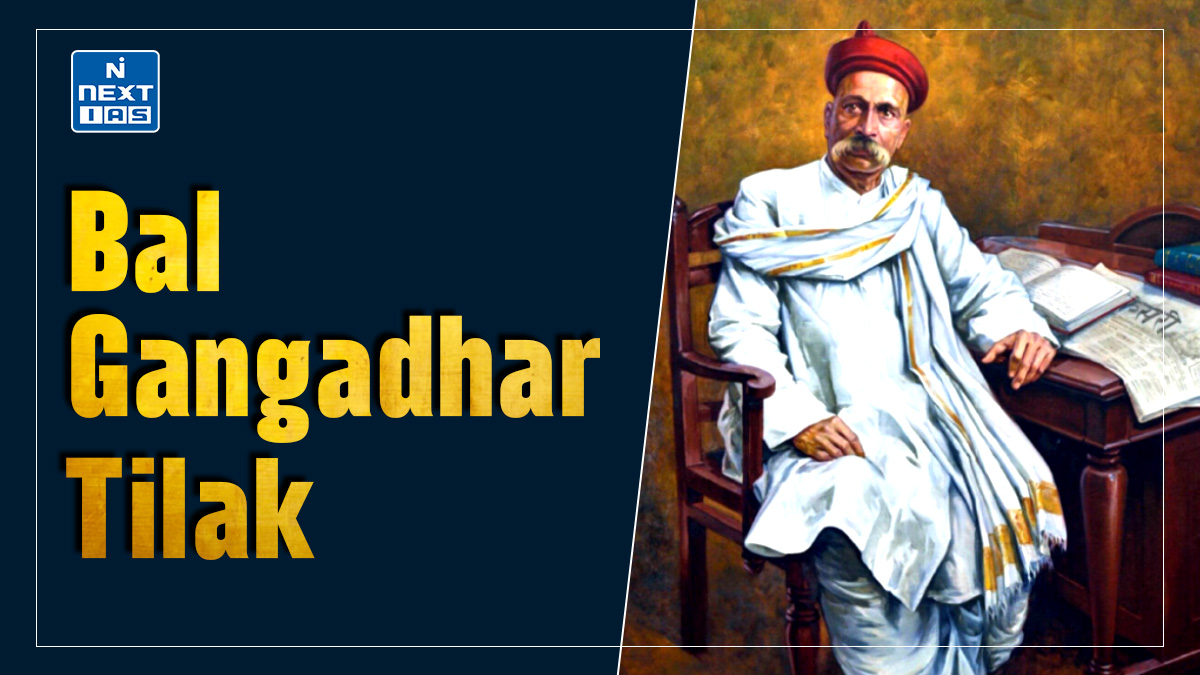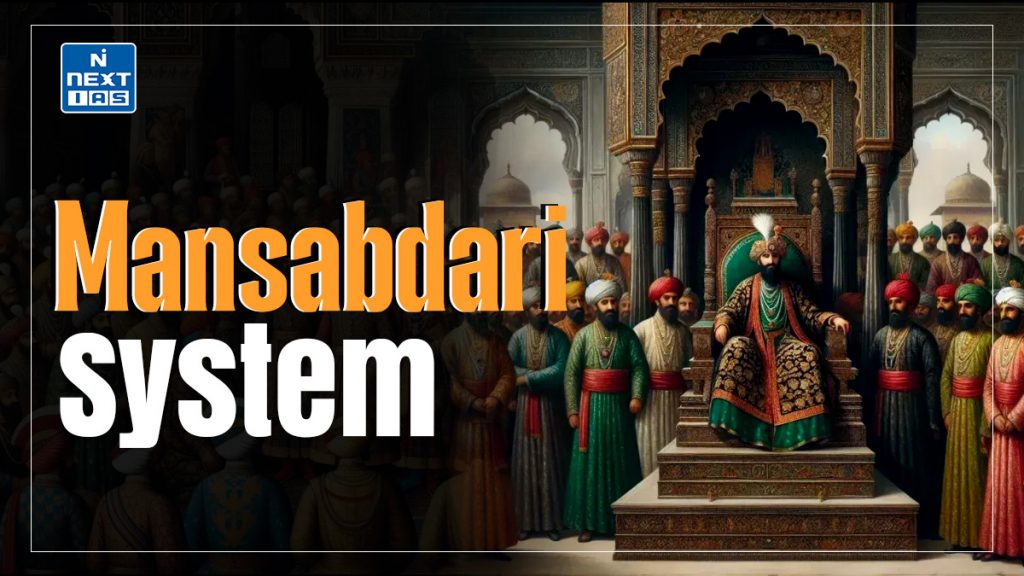
The Mansabdari System was an administrative and military structure established by the Mughal emperors to organise their nobility and army. Its significance lies in how it enabled efficient governance, revenue collection, and military organisation, contributing to the stability and expansion of the Mughal Empire. This article aims to study in detail the intricacies, functions, and legacy of the Mansabdari system.
What is Mansabdari System?
- The word Mansab means a place, a position, an honour, and a rank, and it was an integral part of the Mughal bureaucracy.
- The Mansabdari System, introduced by Akbar, was a unique feature of the Mughal Empire’s civil and military administrative system.
- Under this system, every officer was assigned a rank (mansab).
- The lower rank was 10, and the highest was 5000 for the nobles; towards the end of his reign, it was raised to 7000.
- Higher Mansabs were allotted to the princes of the blood.
- Mansab decided the holder’s status in the graded official hierarchy, fixed the pay of the holder or the Mansabdar, and made it obligatory to maintain a specified number of contingents with horses and necessary equipment.
Dual Ranks: Zat and Sawar
- The ranks (Mansab) under the Mansabdari System were divided into two:
- Zat and
- Sawar.
- The word Zat means personal. It fixed a person’s status and the salary due to him.
- The Sawar rank indicated the number of cavalrymen a person was required to maintain.
Classes of Mansabdars
There were three categories in every Mansab (rank):
- First category: A person who was required to maintain as many sawars as his zat rank.
- Second category: A person who maintained half or more sawars as his zat rank and
- Third category: If he maintains less than half the number of sawars as his zat rank.
- To reward those who maintained a large quota of sawars for the state, an additional allowance of two rupees was added to Zat’s salary.
- No one could have a higher quota of sawar than his zat rank.
Appointment of Mansabdars
- All mansabdars were appointed by the emperor, who also granted promotions based on gallantry in military service and merit.
- Akbar appointed many Rajput chiefs as mansabdars after their submission to the Mughal authority.
- The number of mansabdars kept increasing from Akbar’s reign to Aurangzeb.
Administrative Functions of Mansabdari System
The Mansabdari system was not just a military structure; it also served significant administrative functions:
- Revenue Collection: Mansabdars were often responsible for revenue collection in their designated territories.
- Their income was directly linked to the military rank, which incentivised efficient governance.
- Local Governance: The Mansabdars acted as the emperor’s representatives in various regions, helping to maintain law and order and implement imperial policies.
- Military Organization: The system ensured the Mughal Empire had a ready and organised military force.
- Mansabdars were accountable for recruiting and training soldiers, ensuring loyalty to the emperor.
Mansabdari System under Jahangir
- Jahangir’s Du-Aspah Sih Aspah system was designed to enhance military organisation and ensure loyalty among nobles.
- The system required Mansabdars to maintain a specific number of troops based on rank, allowing for a more efficient and effective military structure.
- This system reflected the nobles’ status and commitment to the Mughal Empire’s stability and defence.
Payment and Maintenance of Troops
- The Mughal Mansabdars were paid very handsomely; they were amongst the highest paid in the world at that time.
- A mansabdar holding a rank of 100 zat received a salary of rupees 500, and those with a rank of 5000 zat received rupees 30,000.
- They had to spend nearly half of their salary on administering the jagirs and upkeep of the animals.
- Immense care was taken to ensure that the sawars recruited were well-experienced.
- For this purpose, a system of branding horses called dough and chehra (horses branded with imperial marks) was followed.
- Only good-quality Arabic and Iraqi horses were employed in the service.
- Two features of the sawar system may be noted:
- The Mansabdar was supposed to maintain twenty horses for every contingent of ten men.
- Since the cavalry was the main arm, replacements during war or march was considered vital.
- This system was known as the 10-20 rule.
- Secondly, the Mughals favoured mixed contingents with men drawn in fixed proportions from Irani, Turani, Indians, Afghans, Rajputs, etc.
- This was to break the tribal or ethnic exclusiveness.
- The Mansabdar was supposed to maintain twenty horses for every contingent of ten men.
- The contingents also recruited cavalrymen, bowmen, musketeers (bandukchi), sappers, and miners.
- Akbar kept a large number of cavalrymen as his bodyguards. He kept an extensive stable of horses.
- He also maintained a body of gentleman troopers. They were answerable only to the emperor and had a separate mustermaster.
Impact of Mansabdari System on Mughal Society
- The Mansabdari system significantly impacted the social and political landscape of the Mughal Empire.
- It created a class of military nobles deeply integrated into the imperial structure.
- This new nobility, often of diverse ethnic backgrounds, contributed to the cultural synthesis characteristic of Mughal society.
- However, this system also had its drawbacks. As the empire expanded, the increasing number of Mansabdars led to competition and factionalism among the nobility. This sometimes resulted in conflicts and power struggles that undermined the empire’s stability.
Conclusion
The Mansabdari System was a sophisticated and dynamic mechanism that was crucial to the Mughal Empire’s governance and military organisation. Its emphasis on rank, responsibility, and meritocracy shaped the imperial administration and contributed to the rich tapestry of Mughal culture and society. The lessons learned from this system continue to resonate in contemporary discussions about governance and administrative efficiency in South Asia.
Frequently Asked Questions (FAQs)
Who introduced Mansabdari system?
Mughal Emperor Akbar introduced the Mansabdari system to organise his administration and military ranks.
Who started Mansabdari system?
Akbar, the third Mughal Emperor, started the Mansabdari system as part of his administrative reforms to strengthen and structure his empire.
Who were Mansabdars?
Mansabdars were officials or nobles in the Mughal Empire who held military and administrative ranks (mansabs) and were responsible for maintaining troops for the empire in exchange for land revenue and titles.

